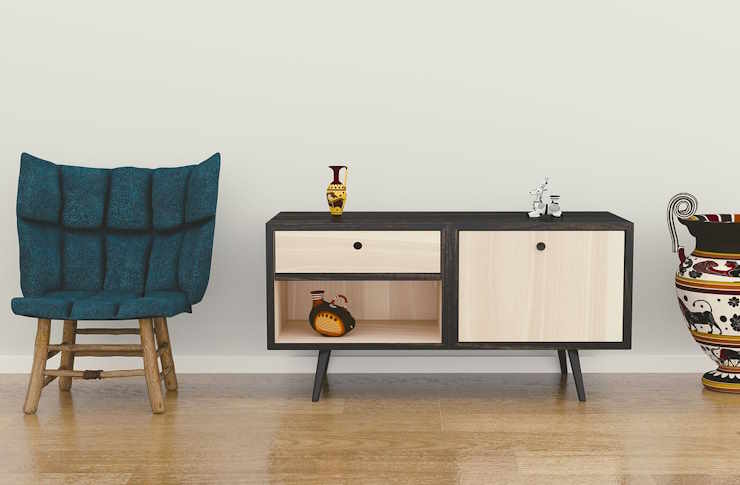Choosing a Dining Room Set: Table, Chairs, and Furniture Guide
A dining room set is more than matched pieces; it shapes the atmosphere where meals, conversations, and everyday moments happen. Choosing a cohesive set—table, chairs, and complementary furniture—means balancing size, style, materials, and practical needs. This guide explains the key decisions to make when selecting a dining set so you can build a functional and visually balanced dining room that fits your lifestyle and space.

What to consider when picking a dining set
Start by assessing how you use the dining room: formal meals, daily family dinners, homework, or multiuse living-dining areas. Measure the room and leave at least 90 cm (3 feet) circulation space around the table for comfortable chair movement. Consider the number of regular diners and occasional guests; a set that seats six may be enough for everyday use but opt for extendable tables if you host often. Think about storage needs—sideboards or buffets that match the dining set can store linens, dishes, and serving ware while maintaining a coordinated look.
How to choose the right table size and shape
Table shape and size affect flow and seating capacity. Rectangular tables suit narrow rooms and maximize seating along a length; round tables encourage conversation and work well in smaller or square dining room layouts. Square tables are ideal for intimate settings or where symmetry is desired. For dimensions, allow roughly 60 cm (24 inches) of table width per person for elbow room, and ensure a minimum 76–90 cm (30–36 inches) table height for standard chair compatibility. Consider extendable or drop-leaf tables if your dining room must adapt between daily use and occasional larger gatherings.
Selecting chairs for comfort and style
Chairs are a tactile part of the dining experience: prioritize comfort and proportion. Seat height should match standard table height so legs fit comfortably under the table; typical seat height is 45–48 cm (18–19 inches). Test seat depth and back support when possible—padding, upholstery, and back angle influence comfort for longer meals. Mix-and-match chairs can add visual interest but maintain a unifying element such as color, material, or shape. Consider practicalities like upholstery care and whether armchairs are needed at the table ends for comfort and accessibility.
How furniture materials affect durability and care
Material choices determine durability, maintenance, and aesthetic. Solid hardwood tables and chairs offer longevity and can be refinished, while veneers provide wood looks at lower cost but may be less repairable. Metal frames and tempered glass tabletops can suit contemporary designs and are easy to clean but may show smudges or scratches. Upholstery fabrics range from natural fibers to performance textiles that resist stains—important when the dining set will see daily use or children. Consider finishes (sealed, lacquered, oiled) for protection against spills and humidity; each finish has different care recommendations that will affect the furniture’s longevity.
Arranging your dining room for function and flow
Placement and surrounding furniture influence how well a dining set integrates into the room. Position the table so that traffic paths remain clear and linked visually to focal points like windows or lighting. Overhead lighting should be centered over the table and hung 75–90 cm (30–36 inches) above the surface to balance illumination without glare. If you include storage furniture such as a buffet or hutch, leave enough clearance so doors and drawers open fully. Rugs can anchor the set: choose one large enough that chairs remain on the rug when pulled out to maintain a cohesive look and prevent snagging.
Conclusion
Selecting a dining room set involves practical measurements, attention to materials and comfort, and a sense of how pieces will function together in daily life. By prioritizing the way you use the space, considering table shapes and chair ergonomics, and choosing materials that match your maintenance preferences, you can create a dining room that is both functional and visually harmonious.






